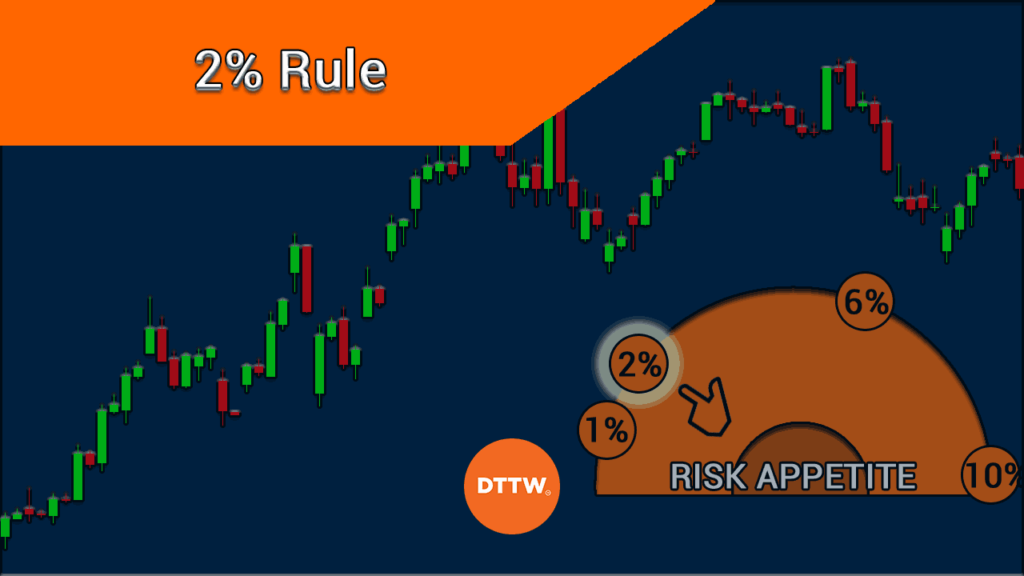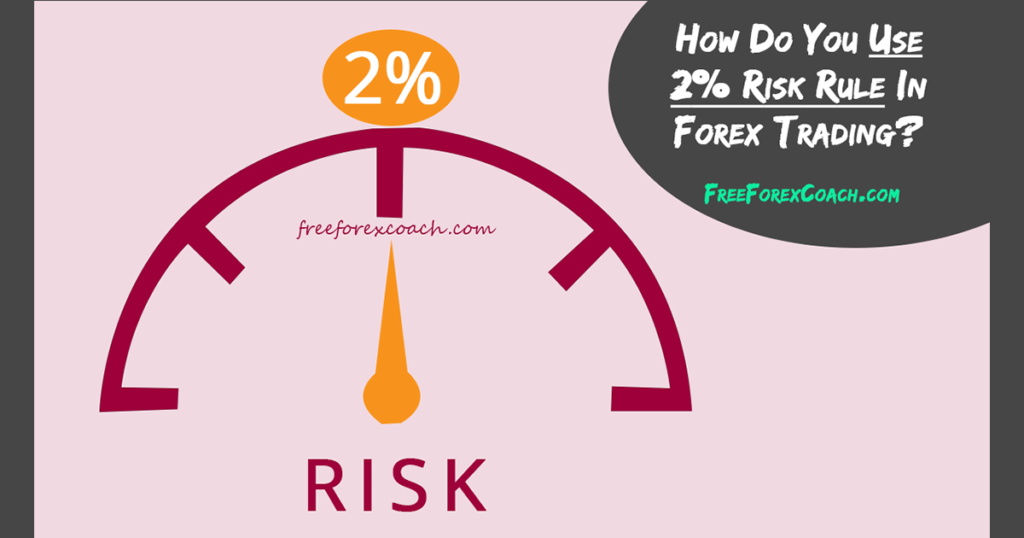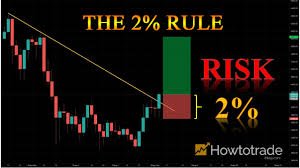THE 2% RULE IN TRADING?

Understanding the 2% Rule in Trading
The 2% rule in trading refers to a risk management strategy that many traders follow to protect their capital while maximizing potential profits. It is a widely used rule in the financial markets and is considered a best practice for managing risks.
What is the 2% Rule?

The 2% rule helps traders to maintain consistent risk levels across their portfolio. It prevents them from taking excessively large positions that could lead to significant losses. By adhering to this rule, traders can minimize the impact of losing trades on their overall capital and have a better chance of staying in the game in the long run.
Why is the 2% Rule Important?
Capital Preservation: The primary objective of the 2% rule is to protect the trader's capital. By limiting the loss on each trade, even a series of losing trades won't devastate the overall account balance.
Emotional Control: Trading can evoke powerful emotions. The 2% rule provides a structured approach, helping traders avoid impulsive and emotionally-driven decisions that can lead to significant losses.
Consistency: Applying a consistent risk percentage across trades ensures a standardized approach to risk management. This uniformity is crucial for developing a clear trading plan.
Adaptability: As the account balance fluctuates, the 2% rule adapts accordingly. It provides a dynamic and flexible framework that adjusts to the changing size of the trading account.
Implementing the 2% Rule:

Position Sizing: Determine the position size based on the 2% rule. This involves calculating the dollar amount at risk and adjusting the position size accordingly.
Setting Stop-Loss Orders: Use stop-loss orders to automatically exit a trade if it moves against you. This ensures adherence to the 2% risk limit.
-
Regular Review: Periodically reassess your trading capital and adjust position sizes as necessary. This ongoing evaluation maintains alignment with the 2% rule
How Does It Work?
Let's break down the 2% rule in a practical context. Suppose a trader has a $50,000 trading account. Applying the 2% rule means they should not risk more than $1,000 on any given trade. This is calculated by multiplying the account balance by 2% (0.02). If the trade goes against them, and the potential loss exceeds $1,000, the trader should exit the position.
Implementing the 2% Rule
To implement the 2% rule effectively, traders need to determine their risk tolerance and set a maximum risk percentage per trade. This percentage should not exceed 2% of their total trading capital. By doing so, traders can ensure that no single trade can wipe out a significant portion of their capital.
Additionally, traders need to calculate the appropriate position size for each trade based on the 2% rule. This involves determining the stop loss level for the trade and calculating the number of shares or contracts to buy/sell accordingly. By aligning their position size with the risk limit, traders can control their risk exposure and maintain consistency in their trading approach.
Benefits of the 2% Rule
The 2% rule provides several benefits to traders. Firstly, it helps to protect their capital from substantial losses, which is crucial for long-term survival in the markets. By limiting the risk per trade, traders can stay in the game even if they encounter a series of losing trades.
Secondly, the 2% rule allows traders to manage their emotions better. It helps to reduce the psychological impact of trades by ensuring that no single trade has the power to significantly affect their overall portfolio. This can prevent impulsive and emotional decision-making, which often leads to poor trading outcomes.
Lastly, by adhering to the 2% rule, traders can build discipline and consistency in their trading approach. It forces them to think in terms of risk management and make calculated decisions based on their risk-reward analysis.
In conclusion, the 2% rule is a fundamental risk management strategy in trading. By limiting the risk per trade to 2% of their capital, traders can protect their capital, manage their emotions, and maintain consistency in their trading approach. Implementing this rule can significantly contribute to long-term success in the financial markets.

Leave a Reply